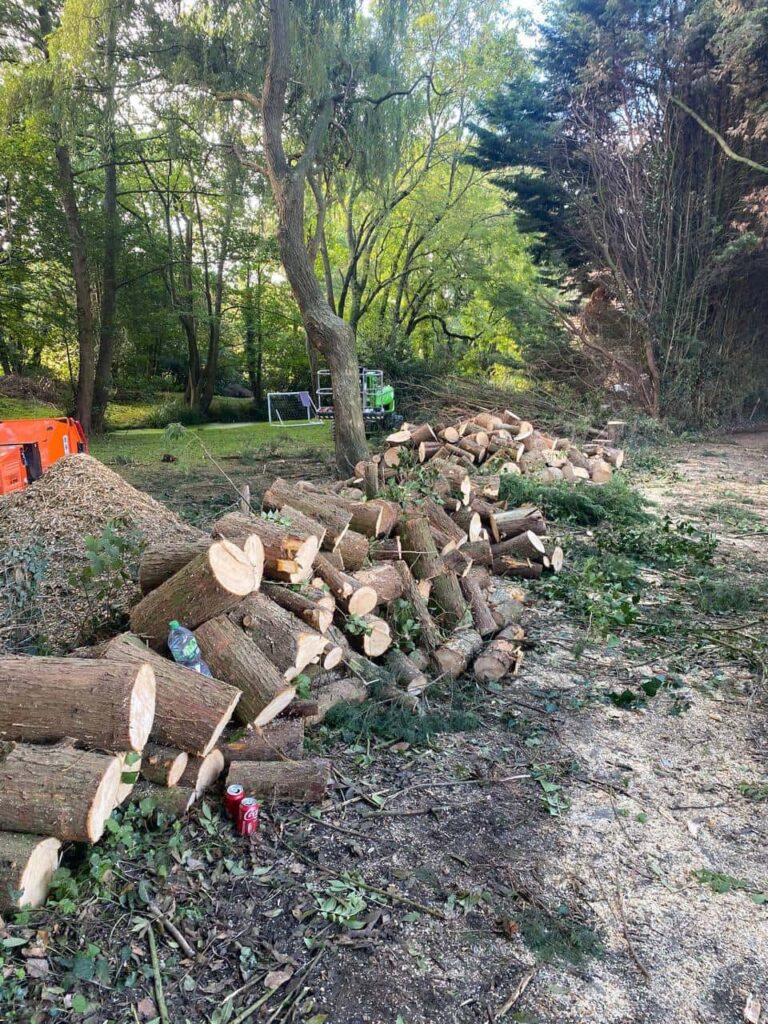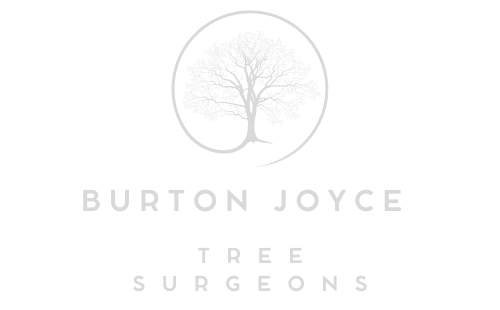Tree Preservation Orders: Navigating Regulations in Tree Surgery
Introduction: Trees are valuable assets to our environment, providing numerous benefits such as oxygen, shade, and habitat for wildlife. In recognition of their importance, many local authorities in the UK impose Tree Preservation Orders (TPOs) to protect trees from indiscriminate removal or damage. For property owners and tree surgeons, understanding and navigating TPO regulations is essential when planning tree surgery. In this blog post, Burton Joyce Tree Surgeons delves into the world of Tree Preservation Orders, offering insights on how to comply with regulations while ensuring the health and safety of your trees.
1. What Is a Tree Preservation Order (TPO)?
A Tree Preservation Order is a legal order made by a local planning authority to protect specific trees, groups of trees, or woodlands. TPOs are enacted to safeguard trees with significant amenity value or those that contribute to an area’s overall character and appearance.
2. Identifying Trees Covered by TPOs
Before any tree surgery project, it’s crucial to identify whether your trees fall under the protection of a TPO. You can contact your local planning authority to obtain a list of trees covered by TPOs in your area. Failing to check for TPOs can lead to legal consequences and fines.
3. Seeking Permission
If a TPO protects your trees, you must obtain permission from your local planning authority before doing any tree surgery work. This includes pruning, removal, or any activity that could harm the tree. Failing to seek Permission can result in severe penalties.
4. Submitting a TPO Application
You must submit a TPO application to your local planning authority to seek permission for tree surgery on protected trees. This application should include detailed plans of the proposed work and justifications for the surgery. The authority will review the application and decide based on the case’s merits.
5. Common Reasons for TPO Permissions
Local planning authorities typically grant TPO permissions for the following reasons:
- Tree health and safety: Surgery may be permitted if the tree poses a risk to people or property.
- Disease or decay: If a tree is suffering from a disease or is decaying, a TPO application for necessary surgery is often approved.
- Encroachment on property: In cases where tree roots or branches are damaging property, Permission for necessary surgery may be granted.
6. Consult with a Professional Arborist
Navigating TPO regulations can be complex, and it’s advisable to consult with a professional arborist or tree surgeon who is experienced in dealing with TPOs. They can help you prepare a strong TPO application and ensure the proposed tree surgery meets regulations.
Conclusion: Tree Preservation Orders are in place to protect our valuable tree resources and the natural environment. Understanding and complying with TPO regulations is essential when planning tree surgery on protected trees. Burton Joyce Tree Surgeons is dedicated to responsible tree care and can assist you in navigating TPO requirements while ensuring the health and safety of your trees.
Call us on: 0115 647 1164
Click here to find out more about Burton Joyce Tree Surgeons
Click here to complete our contact form and see how we can help with your tree’s needs.

